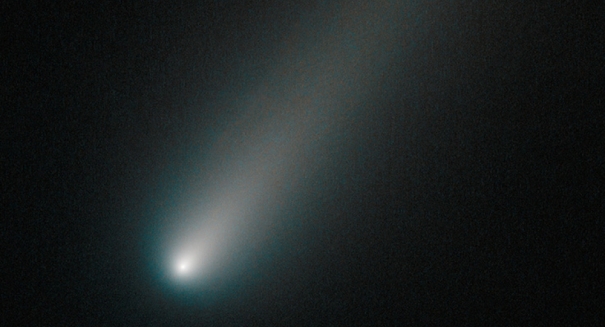
Named Comet 67P/Churyumov-Gerasimenk, the comet is roughly 400 km from Earth and takes approximately six and a half years to orbit the Sun.
On Monday, the European Space Agency will decide where to land a small robot on the surface of a 100 billion-ton icy comet.
According to the BBC, the comet has been monitored for the last month by Rosetta, a probe capable of dispatching the spider-like Philae robot to the comet’s surface.
Named Comet 67P/Churyumov-Gerasimenk, the comet is roughly 400 km from Earth and takes approximately six and a half years to orbit the Sun. Its icy nucleus is almost three miles long, giving ESA scientists a considerable choice for landing spots. However, its shape is marked with deep craters and high cliffs that could potentially cause problems for the robot’s landing.
The ESA has chosen five potential landing spots for Philae that appear to provide either good lighting, fresh material, or smooth plains. The robot will soft-land on the comet and immediately dig into it with harpoons and screws. If Philae’s claws don’t penetrate the comet’s surface, it will bounce off and veer into the dark recesses of outer space.
Because 67P is so far away, real-time radio control is impossible. The commands will have to be given to Rosetta a week in advance. Scientists are still planning a landing date of November 11, 2014.
If the ESA is successful in navigating Philae to a landing site, it would represent the first time that any object has been able to land on the surface of a comet. Philae is also equipped with a drill that would be able to bring back valuable samples of P67’s internal chemistry, a great leap forward for understanding the science behind comets.

is a